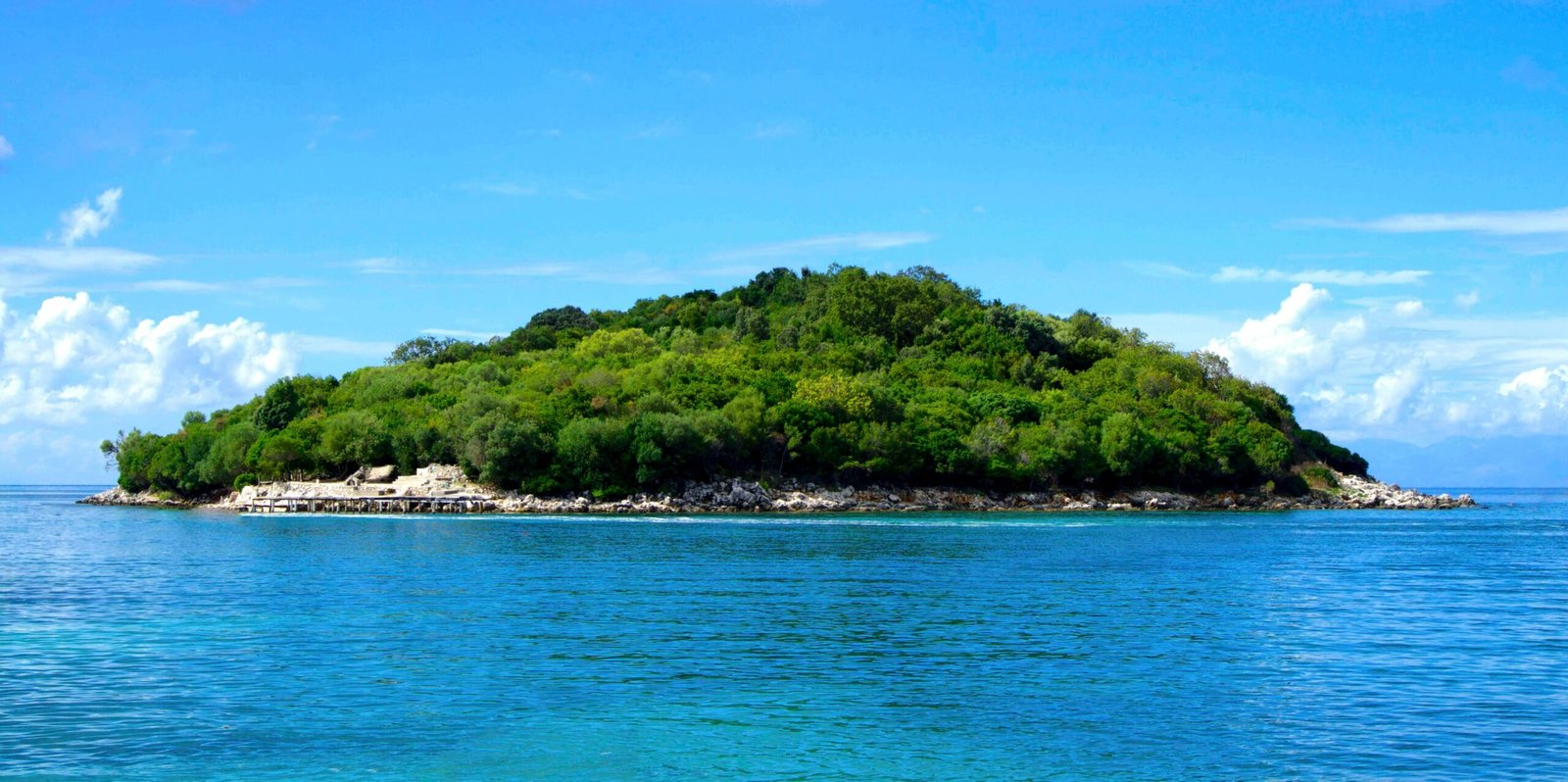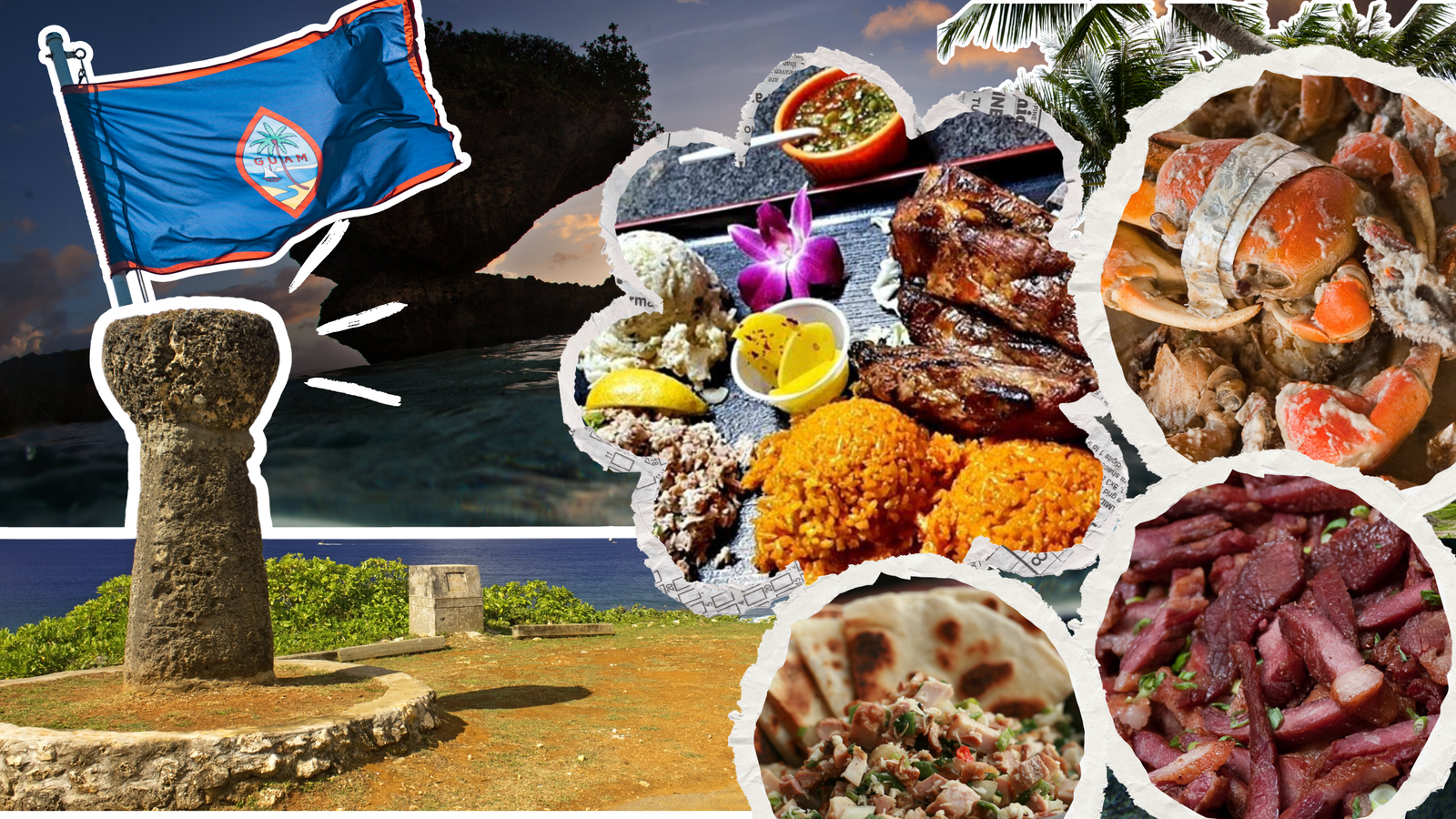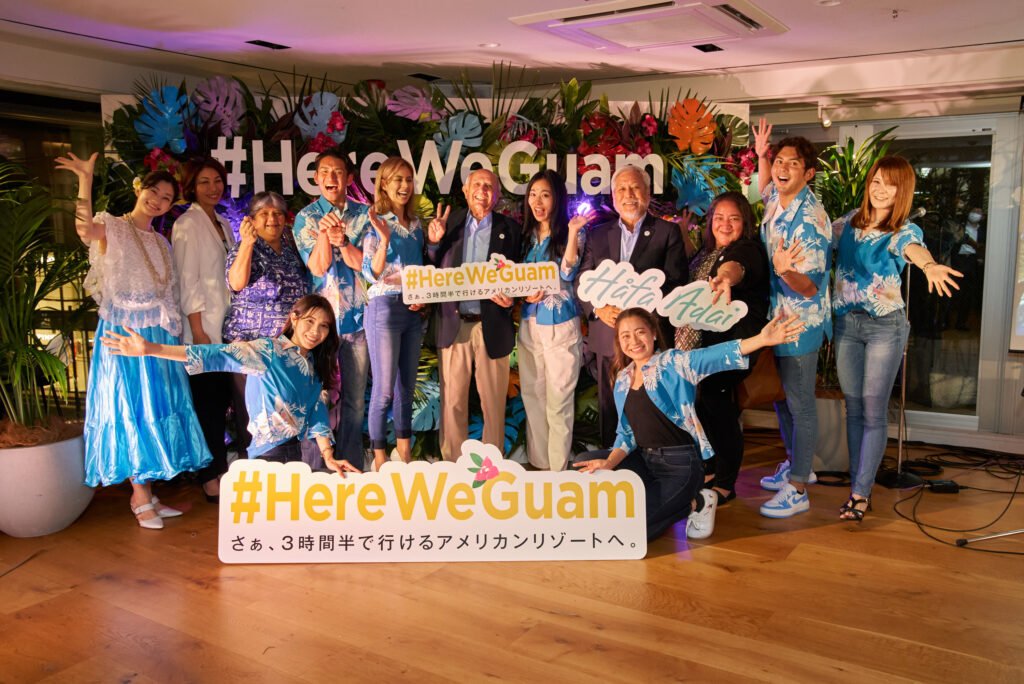
Photo Caption
#HereWeGuam Ambassadors pose with the GVB team in Japan on April 25, 2022. (L-R) Miss International Runner up 2020 Minami Katsuno, GVB Marketing Coordinator Mai Perez, GVB Director of Global Marketing Nadine Leon Guerrero, Miss Universe Japan Personal Trainer Takuya Mizukami, Social Media Influencer Hanna Takahashi, GVB President and CEO Carl T.C. Gutierrez, Professional Model Shiho Kinuno, GVB Chairman of the Board Milton Morinaga, GVB Japan Marketing Manager Regina Nedlic, Sports Influencer Lucas, and NHK Radio DJ Akiko Tomida. (Bottom row L-R) Miss Universe Japan 2018 Special Award Recipient Yuika Tabata and Miss University Aichi 2020 Kanna Taiji. [Photo Courtesy of: Guam Visitors Bureau]
Guam: Beyond the Beaches – Its Enduring Bond with Japan
Guam, a U.S. territory in the Western Pacific, is often seen as a paradise of sun-kissed beaches, vibrant CHamoru culture, and tropical charm. Yet beyond this idyllic image lies a rich, intertwined history with Japan that goes far beyond tourism. This enduring relationship is built on shared history, cultural exchange, economic ties, and even strategic cooperation.
The Beginnings of Japanese Tourism to Guam
Guam’s modern tourism industry traces its roots to 1952, when local legislation aimed to cultivate a travel sector. However, progress was slow due to post-World War II security restrictions imposed by the U.S. naval administration. A turning point came in 1962, when President John F. Kennedy lifted these restrictions, allowing the island to fully open its doors to visitors.
The Guam Tourist Commission (later renamed the Guam Visitors Bureau) quickly began promoting the island, with a focus on attracting travelers from Japan and Southeast Asia. This effort paid off on May 1, 1967, when Pan American Flight 801 from Haneda, Japan, landed in Guam with 109 Japanese tourists. This pivotal moment marked the beginning of a travel surge that would transform Guam’s economy and culture.
Japan’s post-war economic boom, coupled with evolving leisure trends and a strong yen, fueled overseas travel in the late 20th century. Guam’s proximity, tropical appeal, and American amenities made it an irresistible destination for Japanese travelers. As tourism scholar Schumann (2006) notes, Guam’s industry evolved to adapt to shifting Japanese travel trends, from structured group tours to office professionals and, more recently, the senior travel market.
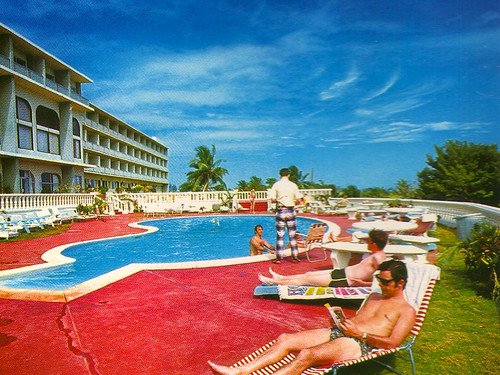
Photo Caption
The Cliff Hotel in Agana Heights is one of the few hotel from the beginning of tourism and there are now more than 28 hotel properties in operation. Bert Unpingco [Photo Courtesy of: Guampedia]
More Than a Tourist Destination
While tourism reached its peak in the late 1990s and continues to be a major economic driver, the relationship between Japan and Guam is multifaceted.
A Shared History of Reconciliation
Guam’s occupation by Imperial Japanese Forces during World War II is a somber chapter in its history. However, the post-war period brought reconciliation and a commitment to peace. The Embassy of Japan in Hagåtña emphasizes this shared experience as the foundation of today’s strong friendship. Both communities have worked tirelessly to honor the past and foster understanding for future generations.
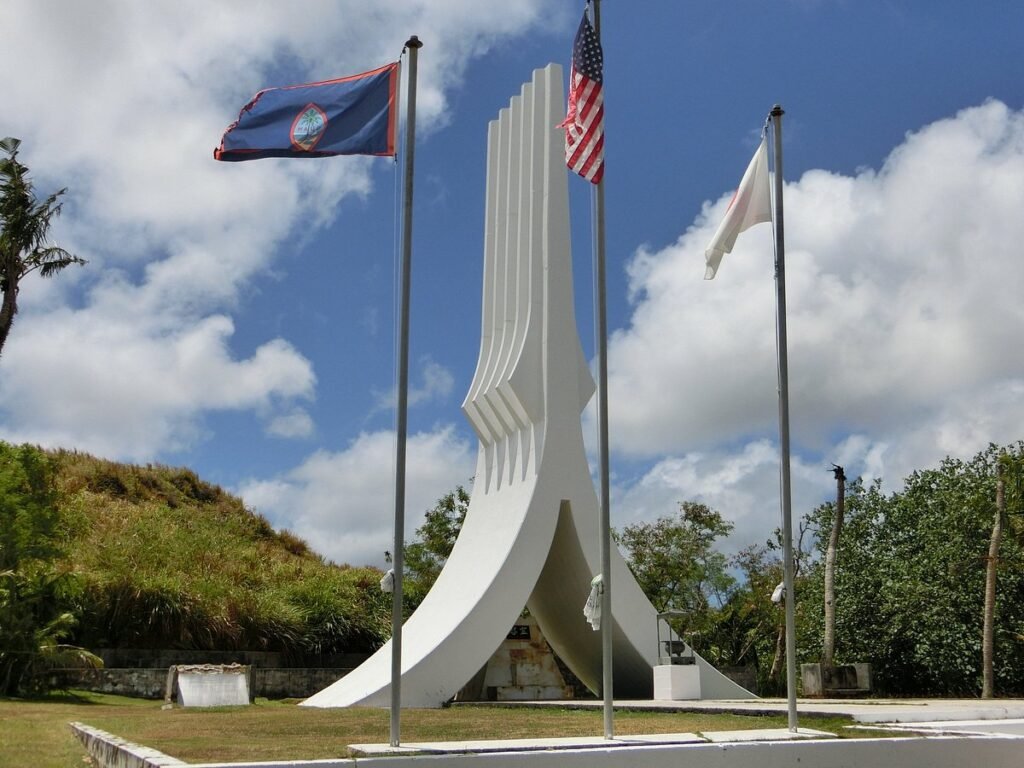
Photo Caption
South Pacific Memorial Park – A peace memorial dedicated to everlasting peace on Guam and in memoriam to lives lost in World War II [Photo Courtesy of: TravelAdvisor]
Economic Ties and Investment
Japanese businesses have made significant contributions to Guam’s economy. More than 100 Japanese companies operate across various sectors on the island, from hospitality to retail. This investment has strengthened Guam’s economic foundation and deepened the partnership between the two.
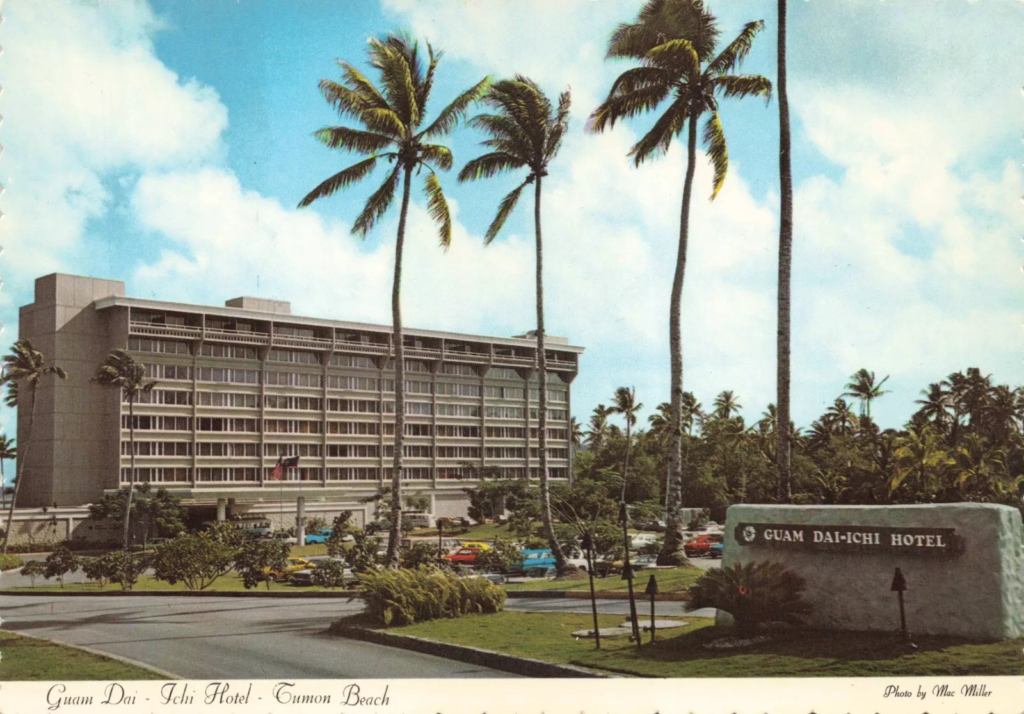
Photo Caption
Guam Dai-Ichi Resort Hotel – Tumon Bay (1972) one of the first Japanese owned hotel’s to come to Guam [Photo Courtesy of: Husky Hits SHOP – Ebay]
Cultural Exchange and Community
Cultural connections between Japan and Guam are vibrant and ongoing. Japanese cuisine is a staple in Guam’s culinary scene, and annual events such as the Akimatsuri festival attract both locals and visitors. Educational and cultural exchange programs, including the Japan Exchange and Teaching (JET) Program, further solidify the bond by promoting mutual understanding.
The local Japanese community plays an essential role in preserving traditions and fostering connections. Organizations like the Japan Club of Guam celebrate cultural heritage and build bridges between Japanese and CHamoru communities.
Strategic Military Cooperation
Even in the realm of military affairs, Japan and Guam share a close relationship. Japan has provided financial support for relocating U.S. Marines from Okinawa to Guam, and joint military exercises on the island further strengthen ties. These initiatives not only enhance security but also contribute to the local economy.
A Future Shaped by Partnership
The bond between Japan and Guam is one of resilience, shared history, and evolving collaboration. Their relationship continues to be shaped by economic cooperation, cultural exchange, and a commitment to peace and prosperity. As both communities look to the future, this enduring friendship serves as a testament to the power of connection and mutual growth.
Guam is more than a tropical getaway—it’s a living symbol of how history, culture, and shared values can unite nations and create lasting partnerships.

Photo Caption
Guam joined in celebrating the 65th birthday of His Majesty, the Emperor of Japan. [Photo Courtesy of: The Office of the Governor of Guam]
